
SCROLL
FEATURE
MERV-13 Upgrade Takes the Scare out of the Air for NYC Schools
Boys and Girls High School in Brooklyn, one of 1,859 New York City public schools, was an early adopter of MERV-13 filtration for its numerous window air conditioning units.

SCROLL
In 2021, New York City school officials spent $27 million on air purifiers to protect school children from COVID-19. The New York City Department of Education (NYCDOE) purchased the air purifiers, budgeting for two purifiers per classroom. However, it was later determined the air purifiers were insufficient at reducing viral exposure because they refreshed the classroom’s air only twice per hour.
A study by Dr. Brent Stephens, who leads the Illinois Institute of Technology’s Built Environment Research Group, found that each purifier was only able to turn 129 cfm. Therefore, to further reduce viral exposure, the Department of Education purchased window air conditioners with MERV-13 filters from Friedrich Air Conditioning. Eneref Institute interviewed Friedrich’s engineering department, which said the units in the NYC classrooms will turn 640 cfm. Depending on the space, a full volume of room air could pass through the filter more than 10 times per hour.
Particle-charging ionizing systems, growing in popularity, are also marketed to kill bacteria, fungi, and viruses, but a study by researchers at Illinois Tech, Portland State, and Colorado State found they may be ineffective or, worse, have unintended health consequences. Tests found that while the ionizing devices led to a decrease in some volatile organic compounds (VOCs), they created acetone, ethanol, and toluene, substances commonly found in paint strippers and pesticides. Unlike MERV-13 air filtration, Eneref found very little research on the effectiveness of ionizing devices.
MERV-13 filters have been shown to reduce students’ risk of viral transmission and protect students from contracting the SARS-CoV-2 virus because the filter is significantly more efficient at capturing the virus than more commonly used window air conditioning filters.
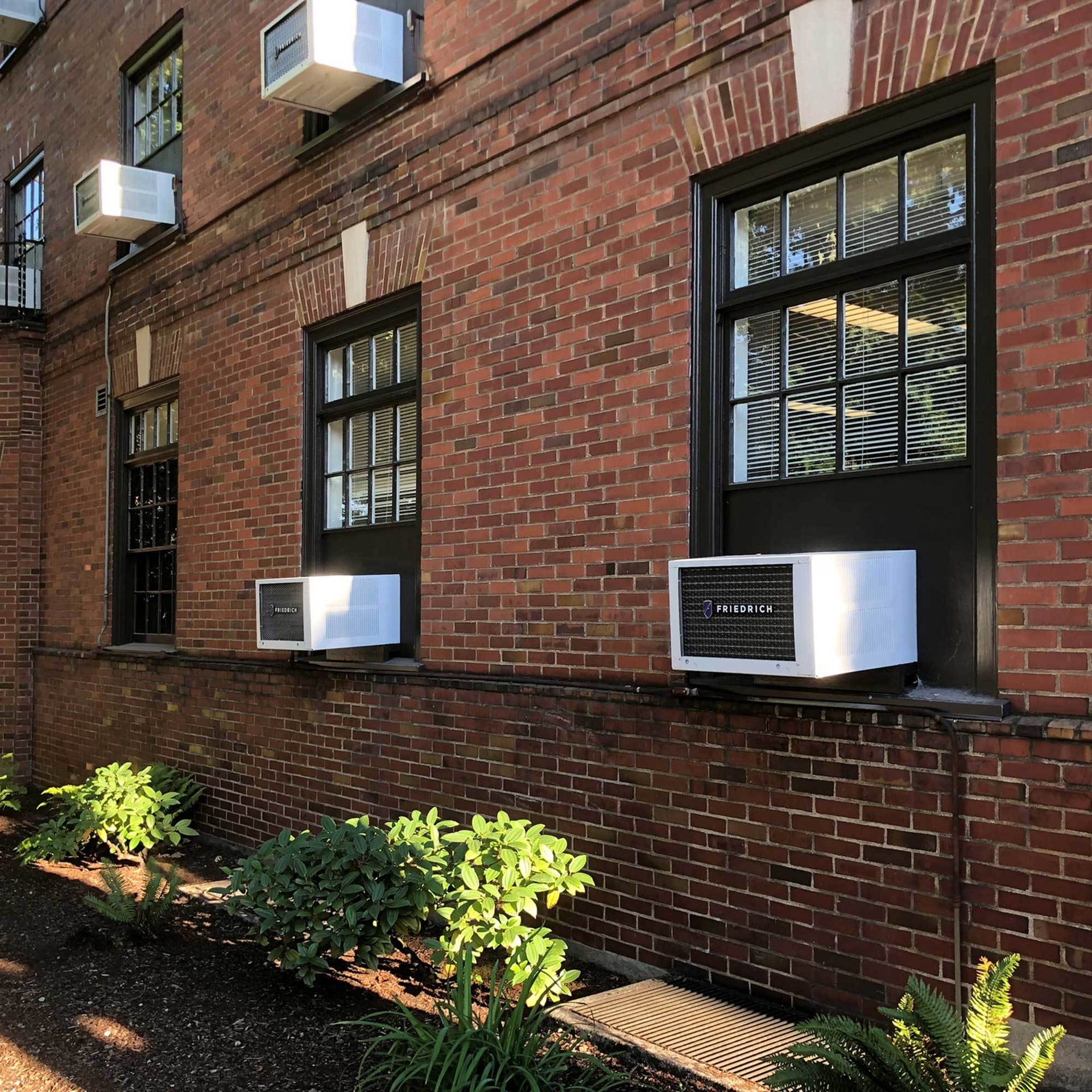
FIGURE 1. MERV-13 filters have been shown to reduce students’ risk of viral transmission and protect students from contracting the SARS-CoV-2 virus because the filter is significantly more efficient at capturing the virus than more commonly used window air conditioning filters.
Images courtesy of Eneref Institute
The NYC public school district is among the largest in the U.S., with more than 1 million students. Boys and Girls High School in Brooklyn, one of 1,859 New York City public schools, was an early adopter of MERV-13 filtration for its numerous window air conditioning units.
The school building’s filtration upgrade has not been well-publicized and is perhaps the education department’s best-kept secret in the fight against COVID-19.
“I know about the filters because I’m friends with the custodian, but I don’t know if everyone else knows,” said Ieisha Borden, secretary to the principal, Boys and Girls High School. “It would make them feel like I feel — a little bit safer.”
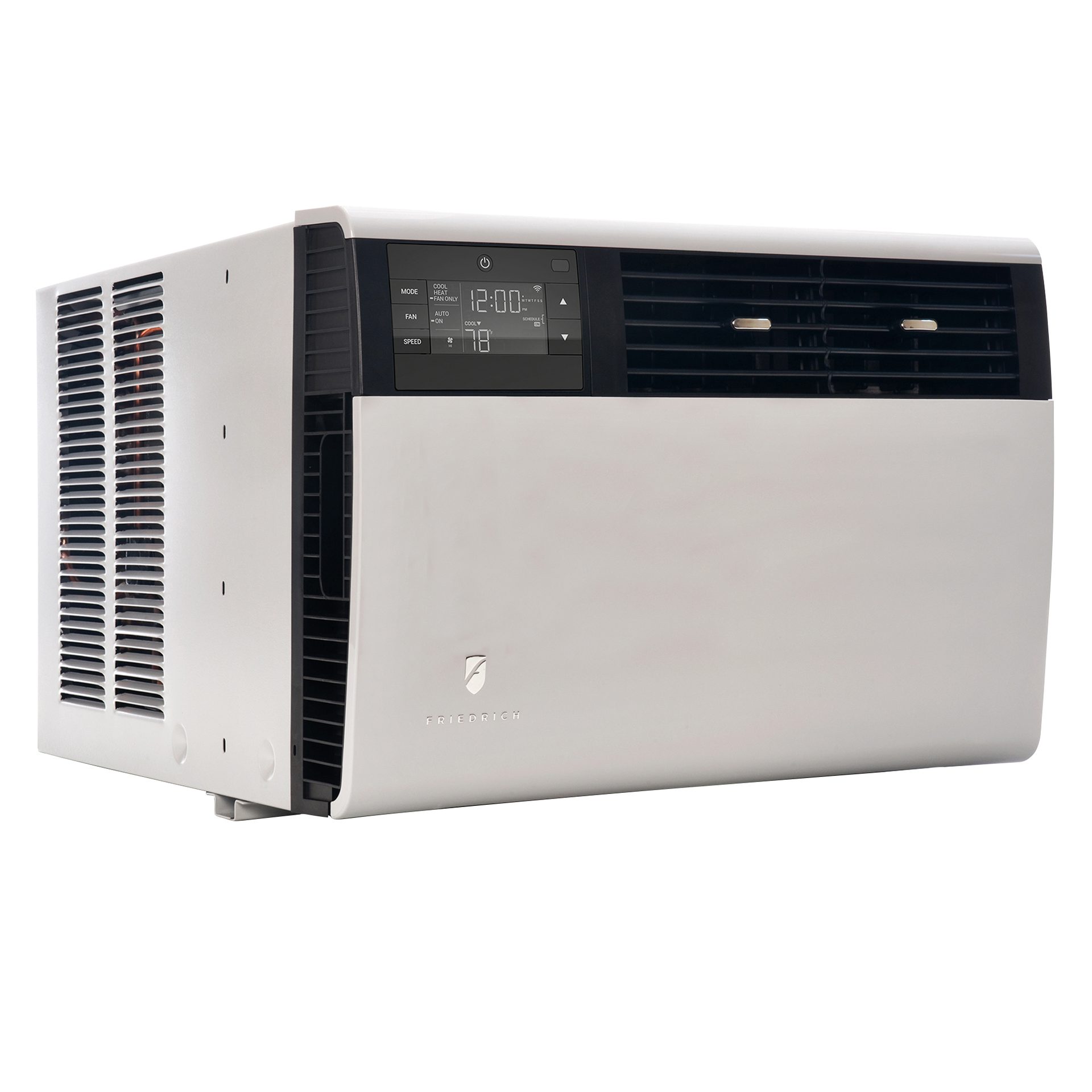
FIGURE 2. Early in the COVID-19 pandemic, Friedrich Air Conditioning Co. recognized its standard window and through-the-wall air conditioner lines were already built with the necessary headroom to expand filtration from a MERV-6 filter to a virus-removing MERV-13 filter.
The air conditioning units act as a filtration system to capture virus particles throughout the year by continually re-filtering and circulating conditioned air regardless of temperature demand. According to the United Nations Environmental Program, one new infectious disease emerges in humans every four months. Only a few viruses have ever become endemic, among them are ebola, bird flu, swine flu, MERS, Rift Valley fever, SARS, West Nile virus, Zika virus, and COVID-19. Influenza (“the flu”) is also a respiratory viral infection and causes more hospitalizations among young children than any other vaccine-preventable disease. School-aged children have a high rate of flu illness and are at high risk for complications.
“We talk about the cleaning and all those things with parents, but I think sometimes we don’t go into the air conditioning and those types of details with them,” said Lavonne Gaston, parent coordinator, Boys and Girls High School.
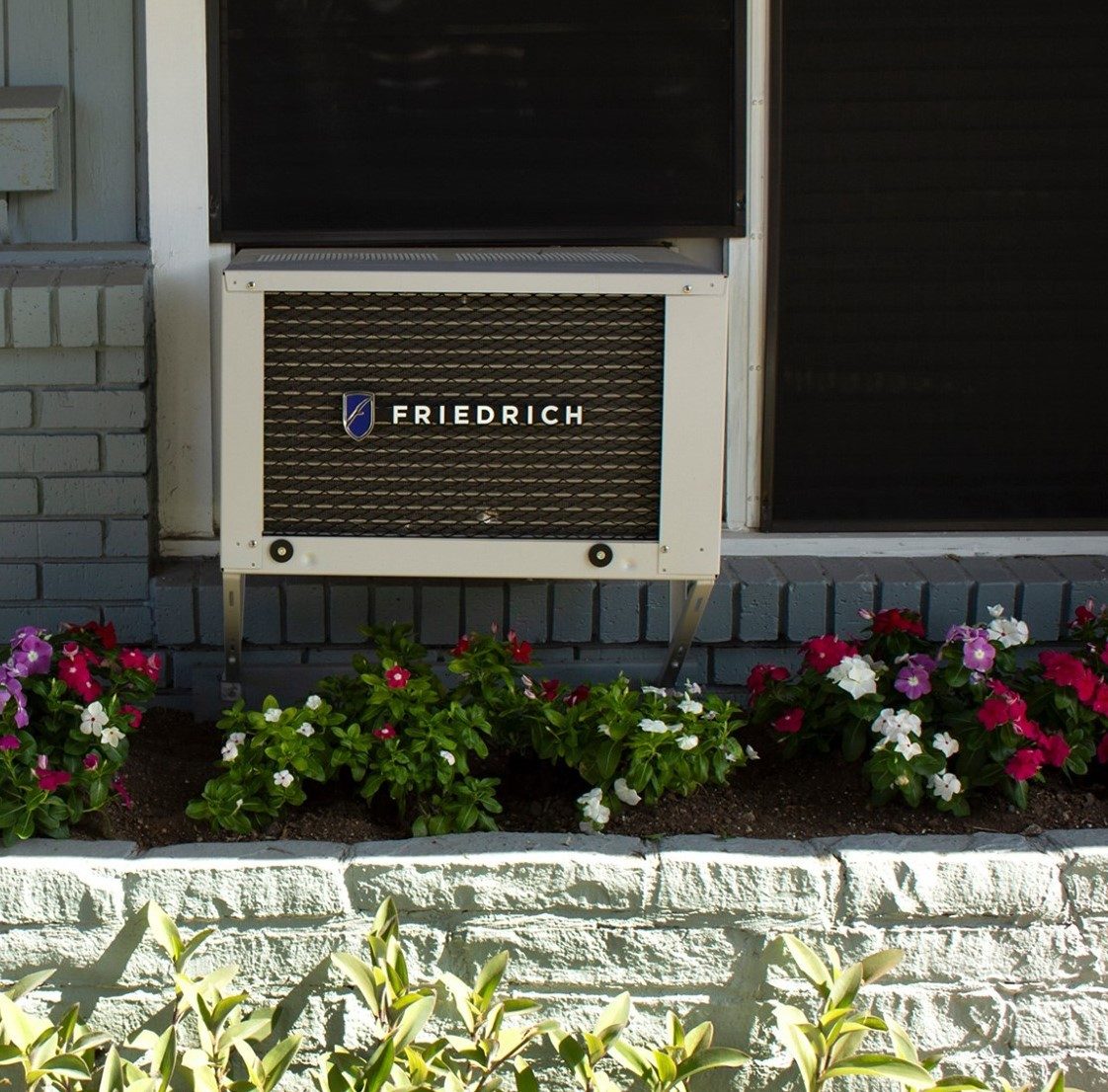
FIGURE 3. Friedrich employs numerous technologies to protect the coils from a restrictive airflow, including forward-curved blowers, the performance of the compressor and heat exchangers, the overall design, and the shape of the filter itself to physically fit for optimal performance.
While the improved HVAC filtration system reduces exposure to airborne pathogens, the more robust filters also increase resistance to airflow inside the air conditioners, which increases energy demand. To mitigate the filters’ increased energy use (and carbon footprint), Boys and Girls High School employs rooftop solar panels. Pratt Institute estimates the solar panels — which generate more than 500 kW of electricity — reduce the school’s annual carbon emissions by 182 Mg CO2.
The need for MERV-13 in schools furthers the argument for renewable energy. All filters increase resistance to airflow in an HVAC system. The higher the filter efficiency, the greater the air pressure required to force air through the filter — and thus the greater the energy. This increased resistance, called “pressure drop,” creates a drop in static pressure of the air from the upstream side of a filter to the downstream side. Eneref estimates less than 20% of U.S. electricity comes from renewables. Increasing renewable energy for electricity can mitigate the increased energy use of more efficient filters.
Still, in fan-only mode, the energy demand is negligible.
“You can put it on fan mode to capture the virus, and it’ll cost you a fraction of the money in energy,” said Howard Blady, owner, Klearview Appliance. “You’re only spinning the fan motor, and you have MERV-13 filtration.”
The NYCDOE purchased the MERV-13 filters from Klearview Appliance.
In August 2021, John T. Shea, the CEO for Division of School Facilities (DSF), directed custodian engineers to install MERV-13 filters in place of the existing air conditioner filters. Custodial staff, who regularly maintain the school district’s entire HVAC system, replaced the filters at 30-day intervals. To ensure against any leakage, the filters were installed using filter clips provided by Shea’s department. Four months later, in December 2021, the New York State Education Department sent out its own directive from the Office of Facilities Planning, recommending “high-efficiency MERV-13 air filters as a proven and safe method for removing pathogens and other contaminants with the HVAC system.”
Funds for the filters were authorized by American Rescue Plan (ARP) education funds.
Early in the COVID-19 pandemic, Friedrich Air Conditioning Co. recognized its standard window and through-the-wall air conditioner lines were already built with the necessary headroom to expand filtration from a MERV-6 filter to a virus-removing MERV-13 filter. Almost all window air conditioners sold in the U.S. are now manufactured in Asia. In order to fit a greater number of air conditioners onto shipping containers, Asian-manufactured units are built necessarily small, leaving little room for a more robust filter.
“You’ve got to get the packing boxes to a certain size because you don’t want to fit two-and-a-half boxes across your shipping container,” said Blady. “You want to fit that third box. That’s not a concern for Friedrich, as they just pack them on trailer-trucks. That’s why their product makes sense.”
A further obstacle for Asian-based manufacturers is that the cost of shipping has increased significantly during the pandemic. Although the Friedrich filters are proprietary and need to be replaced regularly, they are among the only major window air conditioning units that house a MERV-13 filter.
In Boys and Girls High School, the MERV-13 filters capture airborne respiratory viruses and trap pollutants. According to the Centers for Disease Control and Prevention (CDC), MERV-13 filters are “significantly more efficient at capturing particles of concern than a typical MERV-8 filter, which is only around 20% efficient in the 1-to-3 micrometers size range and is not rated for capture efficiency of the smaller 0.3- to 1-micrometers particles.”
For this reason, the U.S. Department of Education, as well as ASHRAE, recommends MERV-13 filtration for schools.

FIGURE 4. To mitigate the filters’ increased energy use (and carbon footprint), Boys and Girls High School employs rooftop solar panels. Pratt Institute estimates the solar panels — which generate more than 500 kW of electricity — reduce the school’s annual carbon emissions by 182 Mg CO2.
Outside air dilutes indoor airborne contaminants, which is why opening windows is recommended. However, the CDC suggests that while ventilation can reduce the risk of viral exposure, it will not eliminate risk. The Friedrich air conditioners in Boys and Girls High School are designed to allow some outside air to ventilate the classroom. At the same time, its MERV-13 filters limit the need for an overabundance of outdoor air, thereby lowering the costs of heating and cooling from temperature differentials.
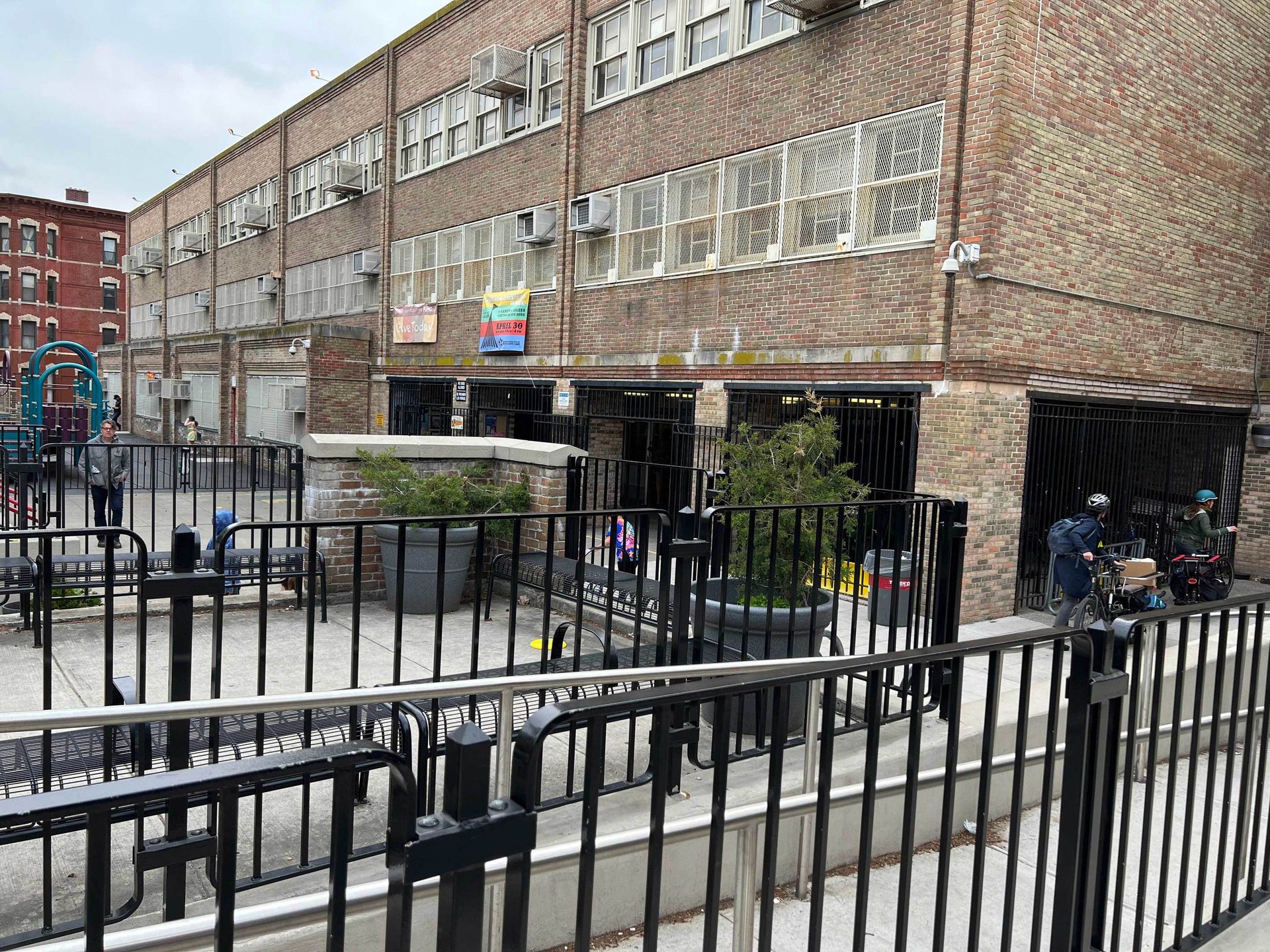
FIGURE 5. The air conditioning units act as a filtration system to capture virus particles throughout the year by continually re-filtering and circulating conditioned air regardless of temperature demand.
Both system performance and filter performance are considered in the design of a well-balanced air conditioner. A robust filter requires more air pressure, or power, to pull air through the filter. However, impeding the airflow can freeze up the system. Friedrich employs numerous technologies to protect the coils from a restrictive airflow, including forward-curved blowers, the performance of the compressor and heat exchangers, the overall design, and the shape of the filter itself to physically fit for optimal performance.
“My question to Friedrich was, ‘if we put this filter in, will it cut the cfm of the amount of air that it’s going to move?’ And they said that it’ll be fine,” said Blady. “To me, that means the customer’s not going to call and say the unit is freezing up.”

FIGURE 6. To guarantee there is no leakage around the filtration system, Friedrich utilizes a filter-holding mechanism with special gap fittings and notches that securely rest flush against the front coil.
To guarantee there is no leakage around the filtration system, Friedrich utilizes a filter-holding mechanism with special gap fittings and notches that securely rest flush against the front coil.
“If there’s one thing you don’t want, it’s aggravation and unhappy customers,” Blady said. “You want to sell them a good product. This is a good product.”
More than 1 million Americans have died due to COVID-19. Although children were less likely to become symptomatic, they were still likely to be infected at school and bring the virus home to older family members. The HVAC equipment in schools almost certainly played a role in transmission. According to ASHRAE’s “Filtration & Disinfection Guidance” document (issued May 7, 2021), “Airborne transmission of SARS-CoV-2 is significant and should be controlled.” Outdoors, viral particles are dispersed by winds. Indoors, proper filtration is needed to reduce concentration, and, thus, the overall viral dose to which occupants are exposed.
Grecian Harrison, principal, Brooklyn Boys and Girls School, said she envisions the institution as a school that helps students achieve success and embrace learning in a safe and supported environment.
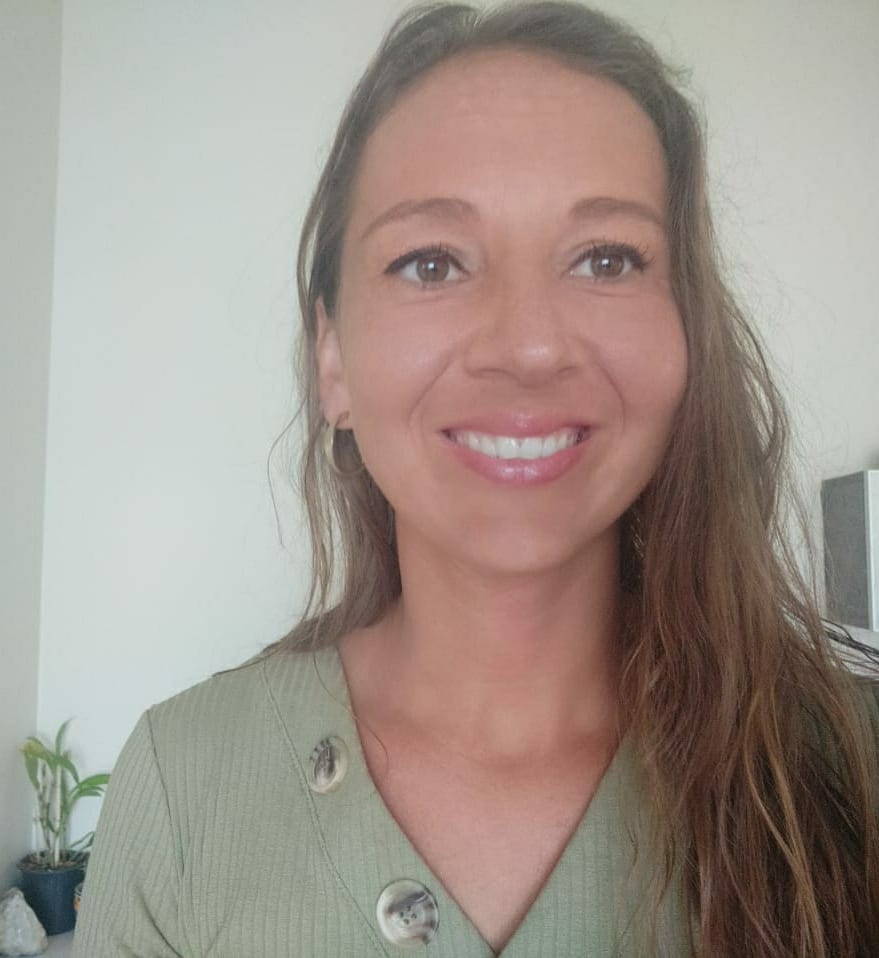
Flavia Dinnebier, Ph.D.
Flavia Dinnebier is the research director for the Eneref Institute. She has a doctorate in environmental education, a master's degree in environmental law, and boasts 13 years of research experience. At Eneref Institute, she investigates solutions in the HVAC industry related to IAQ improvements and energy efficiency. The latest developments on HVAC systems are endorsed by the Eneref Campaigns “Cool Room, Cool Earth” and “Wellness-Friendly School.” Contact her at flavia.dinnebier@eneref.org.
[xxxxx]/[iStock / Getty Images Plus] via Getty Images